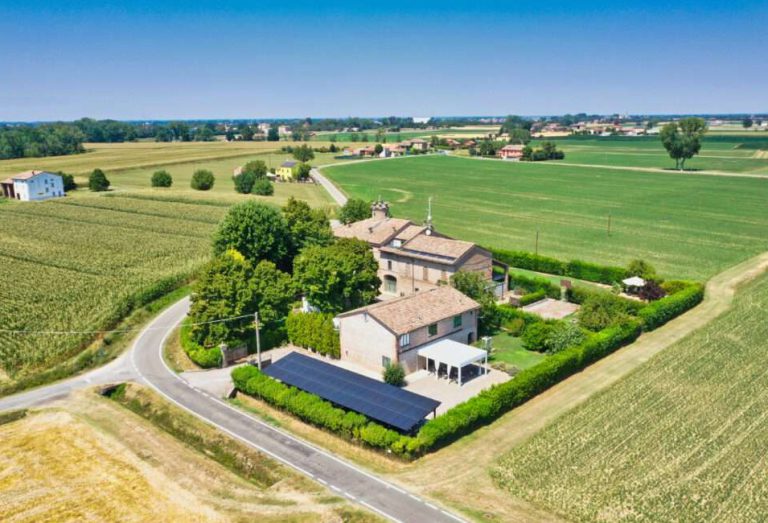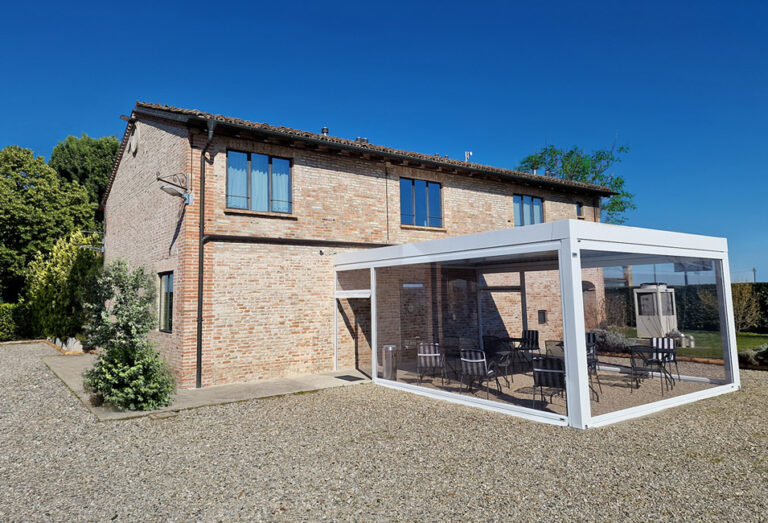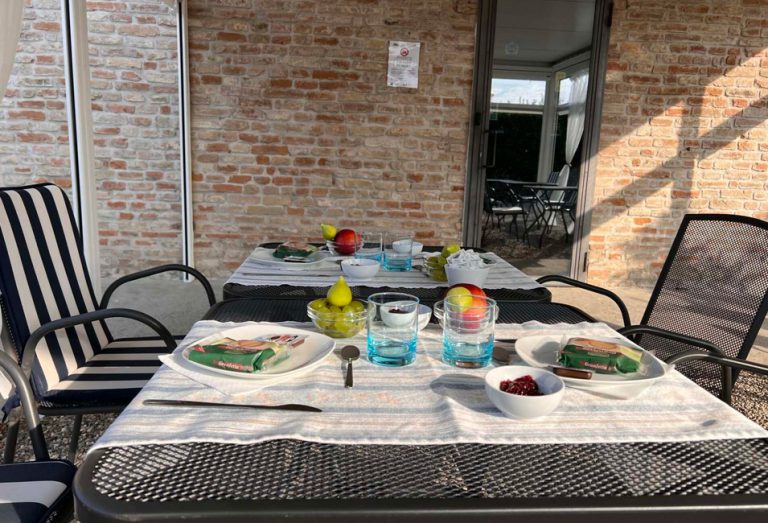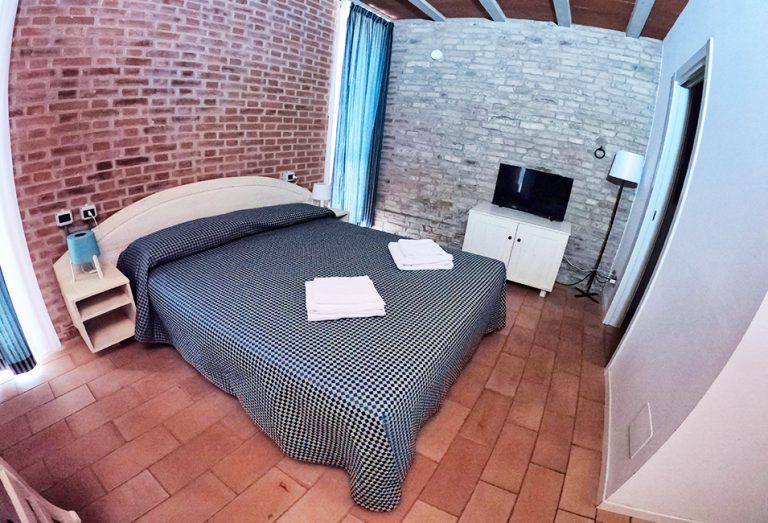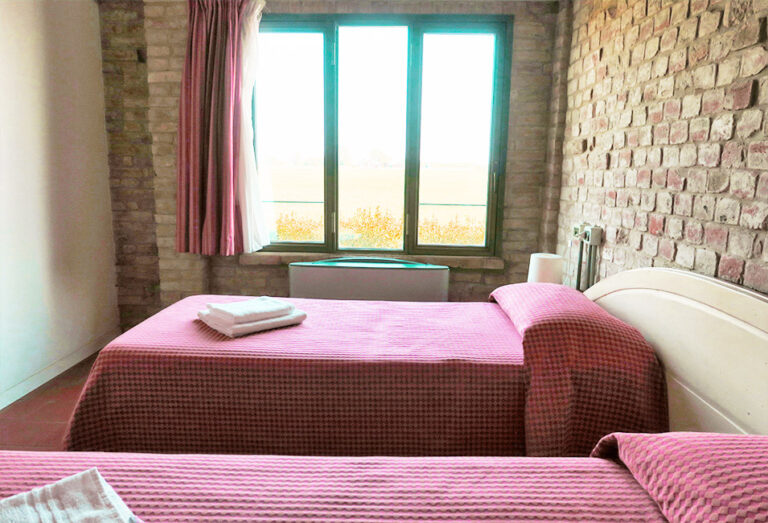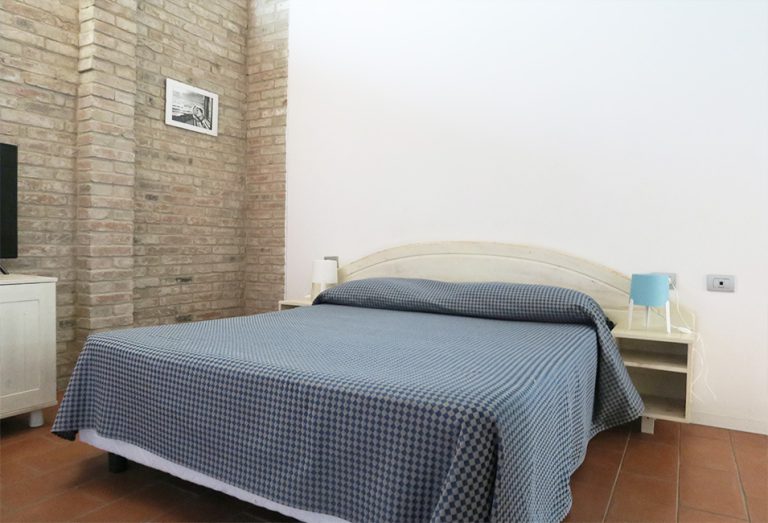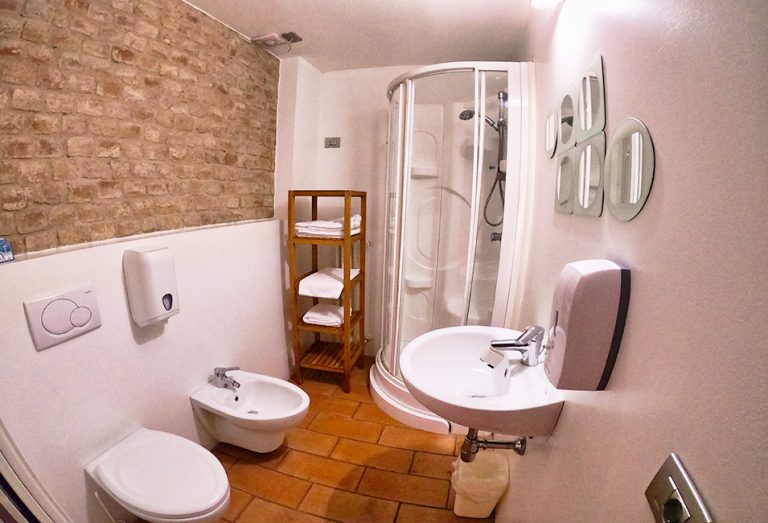Our Territory
Castellina di Soragna
Castellina is a fraction of the municipality of Soragna, in the province of Parma, 2.03 km from the comune.
The locality of the lower Parma area rises in a flat position south of Soragna, on the right bank of the Stirone stream.
The village of Soragna, mentioned for the first time in 712dc in a diploma of the king of the Lombards Liutprando, was defended in medieval times by four castles, including the Castrum Vetus de Sancta Maria de Soranea, later known as “la Castellina”, built within the twelfth century by the Pallavicino, who, although without investiture, had already been in possession of the territory since the tenth century.
The assignment of the rights to Soranea took place in 1145, when the Marquis Oberto ceded the ruins of the manor of Santa Maria to the Municipality of Piacenza, which, in exchange for the oath of vassalage, returned the fief to him, also granting him the opportunity to rebuild the fortress.
In 1198 the marquisate of Soragna was divided into two parts, probably for hereditary reasons: the portion to the left of the Stirone stream, with the Castrum Novum di Soragna, was assigned to Guido Lupi, progenitor of the family, while the one to the right of the stream , with the Castrum Vetus de Soranea, it remained in the Pallavicino family.
The Marquis Oberto II Pallavicino received confirmation of the investiture of the manor and its numerous castles in the Parma area both by the Holy Roman Emperor Frederick II of Swabia in 1224 and part of the Roman king Corrado IV of Swabia in 1254; on his death in 1269, the property passed to his son Manfredino.
In 1311, following the breaking of the truce between the da Correggio and the Municipality of Parma on the one hand and the Rossi and Pallavicino families on the other, the Lupi took advantage of it to occupy the Castel Vecchio; three years later, peace was reached again and Manfredino Pallavicino returned to possession of the manor. In 1325 the Parmigiani sided with the Guelph side, supporting Pope John XXII; the Marquis Manfredino did not join and his castles of Santa Maria and Parola were destroyed by the Parmesan, who convinced the pope to assign the fiefs to the Lupi; the following year, however, the Emperor Louis the Bavaro reconfirmed the ancient investitures to the Pallavicino.
In 1360 the Emperor Charles IV of Luxembourg confirmed to Oberto III Pallavicino the rights to numerous fiefs in the Parma area, including the Castrum Vetus de Sancta Maria de Soranea Marchionorum Pallavicinorum. His son Niccolò also received confirmation of feudal rights in 1395 from the Emperor Wenceslas of Luxembourg.
In 1407 the manor of Castellina, belonging to Rolando the Magnificent, son of Niccolò, was conquered by Ottobuono de ‘Terzi; in 1411 the Marquis of Ferrara Niccolò III d’Este took over, who, having become the new lord of Parma after the killing of Ottobuono, conquered some fiefs of Orlando; the latter reached a truce with the Estense and offered him his services, obtaining in exchange the return of the castle of Santa Maria.
In 1441 Niccolò Piccinino attacked the Pallavicino State on several fronts, forcing Rolando the Magnificent to flee; his lands were confiscated by the Duke of Milan Filippo Maria Visconti, who in 1442 assigned them largely to Piccinino. In 1457 Francesco Sforza invested Oberto Pallavicino, son of Rolando, with the manors of Castellina, Tabiano and, half with his brother Gian Francesco, Solignano.
In 1551, during the Parma War which opposed Duke Ottavio Farnese, supported by the King of France Henry II, and Pope Julius III, an ally of Emperor Charles V of Habsburg, the papal troops attacked the castle, partially destroying it; later Ferrante I Gonzagas occupied the fortress on behalf of the emperor, but a few months later the Farnese militias counterattacked and stormed the fortification, now in ruins.
Around 1613 the Marquis Gerolamo Galeazzo III Pallavicino, to support the huge costs of the lawsuit brought against his joint Alessandro Pallavicino di Zibello for the succession in the Pallavicino State, alienated the fiefdom of Castellina to the Marquis of Soragna Giampaolo IV Meli Lupi.
The Meli Lupi subsequently sold the rights on Castellina to the Marquis Papiniano Giandemaria, whose son Giacomo died in 1691; the fief, absorbed by the Ducal Chamber of Parma, was assigned in 1707 to Count Alessandro Ranuccio Ugolini.
After 1781, Duke Ferdinando di Borbone invested Count Giuseppe Pompeo Sacco with feudal rights over Castellina, which remained with the family until their abolition sanctioned by Napoleon in the former duchy of Parma and Piacenza in 1805. Castellina then became a fraction of the new municipality ( or mairie) of Soragna.
Villa Castellina
Built near the ruins of the castle of Castellina at the beginning of the 18th century at the behest of Count Alessandro Ranuccio Ugolini, the baroque villa passed to the Sacco count at the end of the century and to the Tagliaferri family in the 19th century; fallen into decline after the extinction of the family, it was bought by the Pedroni’s family, which around 2000 started its complete recovery works; the building, preceded by an Italian garden, is characterized by the presence of two arcades with three arches in the center of the opposing facades; inside there is a large passing hall entirely decorated with spectacular frescoes.
Castellina Castle
Originally built by the Pallavicino in the 12th century, the Castel Vecchio of Santa Maria was renovated in 1145 by the Marquis Oberto; destroyed in 1325 by the Parmesan, it was rebuilt in 1389 by Niccolò Pallavicino by concession of the lord of Milan Gian Galeazzo Visconti; conquered in 1407 by Ottobuono de’ Terzi, it was returned to Rolando the Magnificent in 1411 by the Marquis of Ferrara Niccolò III d’Este; confiscated by the Duke of Milan Filippo Maria Visconti in 1441, it was reassigned after a few years to the Marquis Orlando, who passed it on to his son Oberto, progenitor of the Marquis of Tabiano; attacked and partially destroyed during the Parma war of 1551 by the papal and imperial troops, it was reconquered and deeply damaged after a few months by the Farnese army; alienated around 1613 to the Marquis of Soragna Giampaolo IV Meli Lupi and later sold to the Marquis Giandemaria, it was assigned in 1707 to Count Alessandro Ranuccio Ugolini, who started construction work on the Villa Castellina near the fortress, which was demolished between 1752 and 1756 to reuse part of the materials in the renovation of the nearby church of the Annunciation of the Virgin Mary.
Chiesa di San Pietro (Soragna)
Mentioned for the first time in 1226, the church, originally belonging to the diocese of Fidenza, was modified in Baroque style in 1681; renovated in the roofs in 1761, it was enriched with the new neoclassical facade designed by engineer Ferdinando Belli in 1883; internally restored at the beginning of the 20th century, it was annexed to the diocese of Parma in 1948; damaged by an earthquake in 1983, it was structurally consolidated between 1984 and 1985 and rearranged in the roofs between 2008 and 2009. diocesi di Fidenza, fu modificata in stile barocco nel 1681; ristrutturata nelle coperture nel 1761, fu arricchita con la nuova facciata neoclassica progettata dall’ingegner Ferdinando Belli nel 1883; restaurata internamente agli inizi del XX secolo, fu annessa alla diocesi di Parma nel 1948; danneggiata da un terremoto nel 1983, fu consolidata strutturalmente tra il 1984 e il 1985 e risistemata nelle coperture tra il 2008 e il 2009.
Church of the Annunciation of the Virgin Mary (Soragna)
Mentioned for the first time in 1230, the collegiate church, which from its origins belonged to the diocese of Parma, was completely renovated between 1752 and 1756; enriched with the neoclassical facade with baroque elements in 1803, it was internally modified in the presbytery area in 1874; restored in 1902 following the overflow of the nearby Stirone stream, it was rearranged in the roofs between 2007 and 2008; the place of worship preserves some valuable works inside, including the altarpiece depicting the Annunciation of Mary, performed in the early seventeenth century by Andrea Mainardi known as “the Keyghino”.


